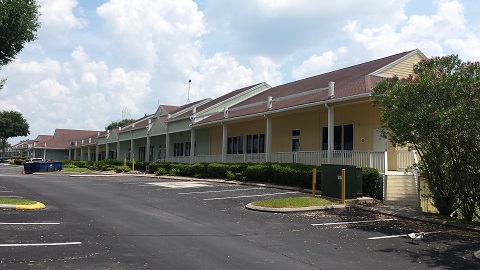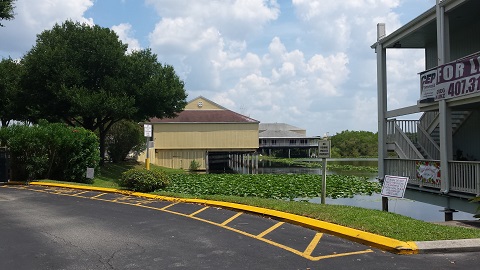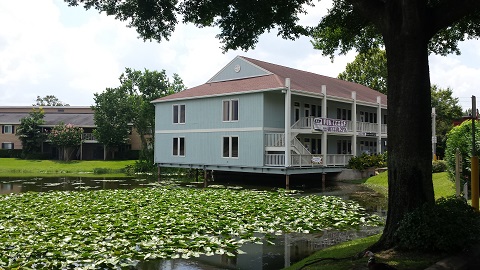A 360 of the involved structure can provide some very important information while operating on the fireground. However sometimes the 360 may not be possible. We must remember that the simple fact that you cannot complete a 360 may be just as important as what you’d see if you could. There may be any number of reasons that the 360 might not be achievable, some more prevalent ones may be:
Size of structure
Exposures
Block wall fences
Water
Immediate need for rescue (ie: victims in windows)
The simple radio transmission “Unable to Complete 360†tells the other incoming units an important fact. It lets everyone know that we may be forced to operate without potentially valuable information. Depending the amount of radio traffic, you could even state the reason why the 360 was not able to be completed: “due to size of structure†“due to water on the Charlie and Delta sides†“due to obstructions.â€
Just because the first arriving unit cannot complete the initial 360, doesn’t mean it shouldn’t be completed at all. The second arriving Chief Officer, or Safety Officer may need to be detailed complete the delayed 360. Of course, whenever possible, the RIT team should complete their own 360 to come up with the rescue plan.
The 360 can provide us with extremely valuable information. We must have a plan in place for how and when the initial 360 will be completed and announced, and more importantly, have a plan for when it can’t be done.




Well said
These may not work in all situations, but two other possible options could be to proceed through an adjoining unit. We do this in my response area frequently for rows of homes that typically run the length of the block. Another option that I have learned of is the “Urban 360”. This would be to place a ground ladder of the appropriate size to the roof, go up and over to get a quick look along the rear of the building(s) even though it would be from the top.
Just experienced this on a fire last shift. Overheard the IC advise on the radio that the 360 was unable to be completed, really helped “paint the picture” to incoming crews. Great Article!